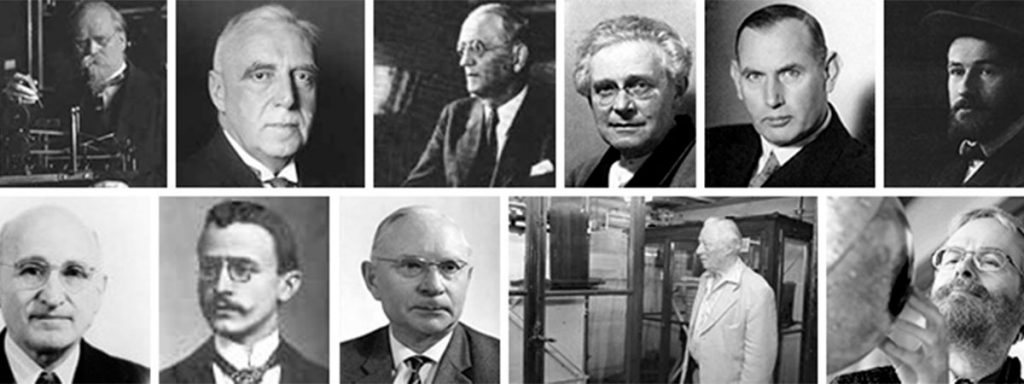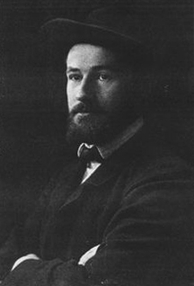
Karl Bernhard Zoeppritz
developed run-time curves for improved identification of various seismogram missions
Karl Zoeppritz studied geology and natural sciences in Munich and Freiburg, where he obtained his doctorate in 1905 with a purely geological dissertation. One year later, he obtained a teaching certificate that allowed him to lecture at universities. During his studies, he became interested in physics, more specifically in geophysics, a branch of research which was just about to develop around the end of the 19th century and was back then solely taught by Emil Wiechert in Göttingen.
San Francisco earthquake investigated
Zoeppritz managed to get a position as Wiechert’s assistant and moved to Göttingen, where he examined the recordings of major earthquakes of that time, among them the well-known San Francisco earthquake of 1906. Based on Wiechert’s theoretical work, he developed travel-time curves, which the two published together in 1907 and which would be used in the future for the better identification of various seismogram arrivals of distant earthquakes.
Karl Zoeppritz Prize for outstanding young geophysicists
Karl Bernhard Zoeppritz died in 1908 at the age of 26 years of an infectious disease, which he had contracted the winter before. Unfortunately, many of his research findings had not yet been published. This was taken care of by Wiechert and his Göttingen-based colleagues Ludwig Geiger and Beno Gutenberg. The outstanding foresight and grasp of young Karl Zoeppritz clinched the decision of the German Geophysical Society (DGG) to name the Karl Zoeppritz Prize after him, which was awarded for the first time in 2003 to honour the outstanding achievements of young geophysicists.
Source: Wikipedia



